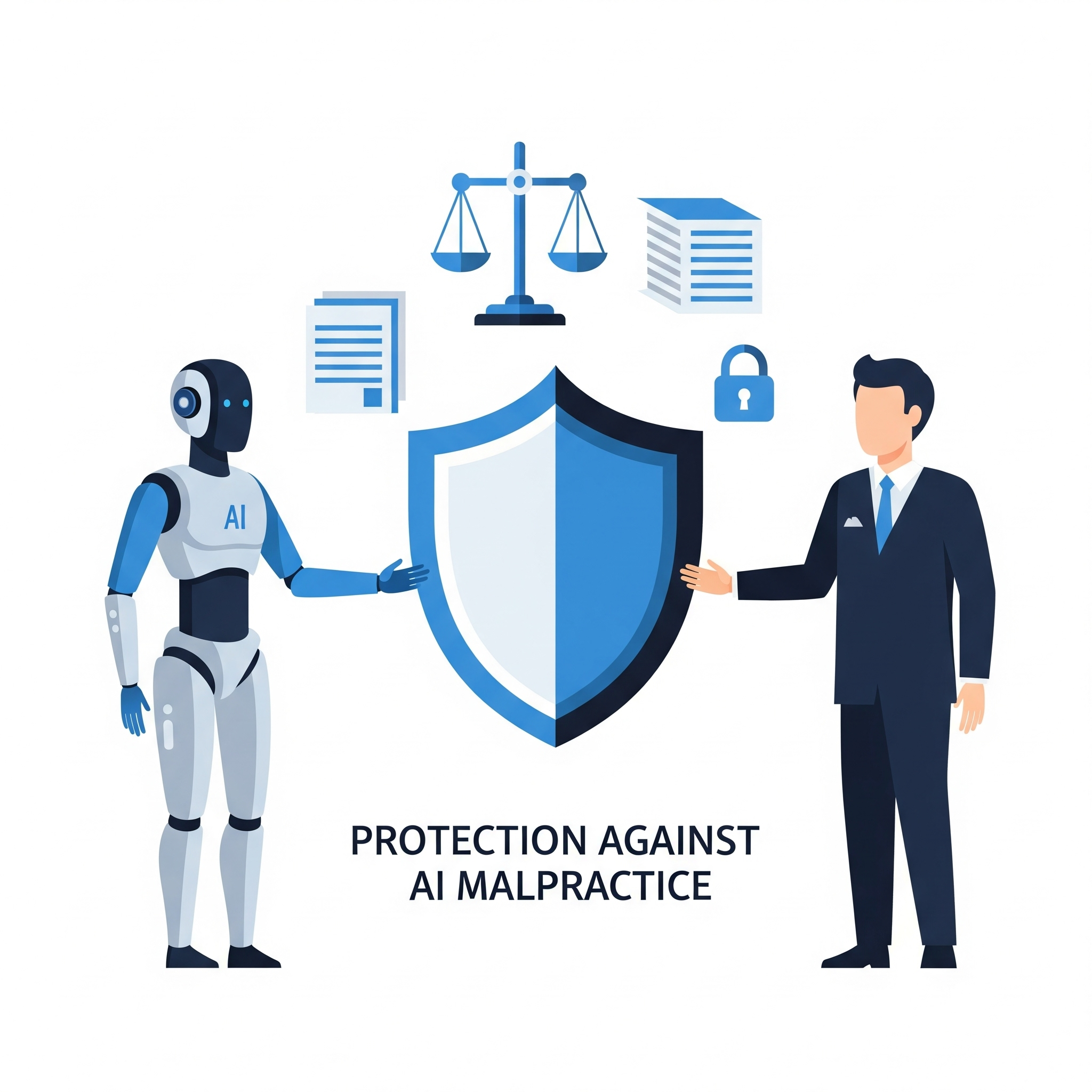
The ROI Illusion: Why AI Self-Oversight Is a False Economy
AI self-oversight looks cheaper upfront — no human auditors, no external reviews, no compliance overhead. But when it fails, the cleanup costs can dwarf any initial savings.
False economy in one minute
- False economy — saving money in the short term that costs much more later.
- Hidden costs — litigation, remediation, lost customers, and regulatory penalties.
- ROI reversal — initial AI efficiency gains get wiped out by failure consequences.
The true cost structure of AI failures
- Immediate costs → legal defense, emergency fixes, crisis management.
- Ongoing costs → compliance programs, monitoring systems, audit requirements.
- Opportunity costs → lost customers, damaged partnerships, regulatory restrictions.
Real-world cost explosion scenarios
Scenario A: A company saves $200K annually by using AI-only bias checking instead of human auditors. One discrimination lawsuit costs $2M in settlements and legal fees — wiping out 10 years of "savings."
Scenario B: A healthcare AI saves $500K in review costs by self-monitoring safety. A misdiagnosis incident leads to $10M in liability, regulatory fines, and mandatory human oversight implementation.
Scenario C: A financial firm cuts $300K in compliance costs through AI self-auditing. Regulatory violations result in $5M in penalties plus mandatory third-party monitoring for 3 years.
Why the math never works out
- Asymmetric risk — small ongoing savings vs. large potential losses.
- Compounding costs — failures often trigger multiple expensive consequences.
- Reputation multiplier — trust damage affects all business lines, not just AI operations.
Historical precedents for false economies
Cheap automation has repeatedly led to expensive disasters:
- Auto industry recalls — cutting safety testing costs leads to massive recall expenses
- Financial risk management — reducing oversight staff before 2008 cost banks billions
- Cybersecurity underinvestment — saving on security leads to breach costs 100x larger
The hidden costs of AI self-oversight
What companies don't budget for:
- Legal discovery costs — explaining AI decisions in litigation is expensive
- Remediation complexity — fixing biased AI often requires complete retraining
- Regulatory compliance — new oversight requirements after failures
- Customer acquisition — rebuilding trust costs more than maintaining it
Insurance: understanding total cost of ownership
- Deductibles and limits — insurance rarely covers the full cost of AI failures.
- Premium increases — AI incidents often trigger higher insurance costs.
- Coverage gaps — many AI-related costs fall outside traditional policies → learn more about AI insurance limitations.
Five questions for true AI ROI analysis
- What would one major AI failure cost us in legal fees, settlements, and remediation?
- How much would we lose if customers stopped trusting our AI-driven services?
- What are the full costs of implementing proper human oversight vs. self-oversight?
- Are we calculating AI ROI over 1 year or 10 years including potential failure costs?
- Does our insurance actually cover the types of AI failures we're risking? See our 5 questions to ask your insurer.
No email required — direct download available.
Calculate the real ROI with the complete toolkit
The AI Risk Playbook includes an interactive ROI calculator worksheet that factors in hidden costs, tail risks, and compliance expenses to give you realistic projections.
Includes 5 toolkits, conversation guides, and interactive worksheets